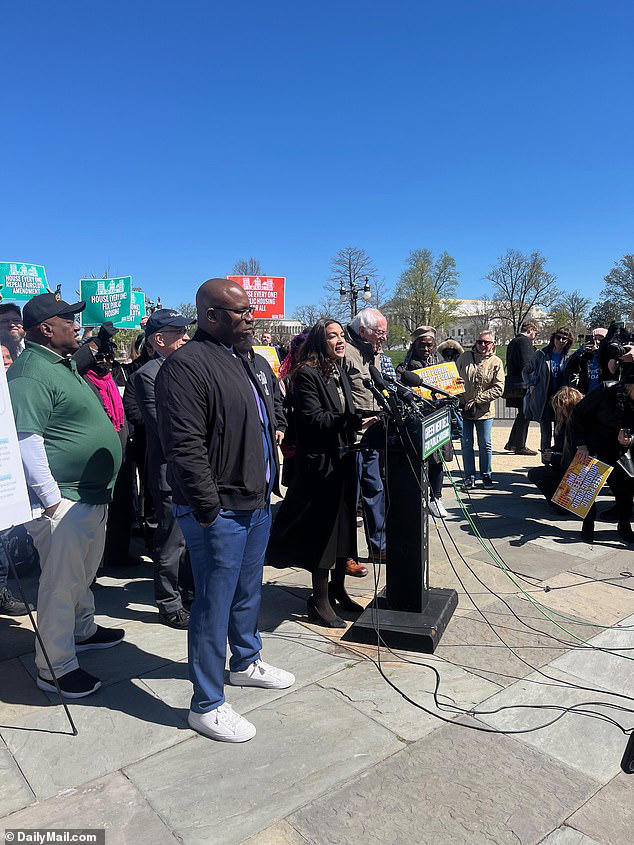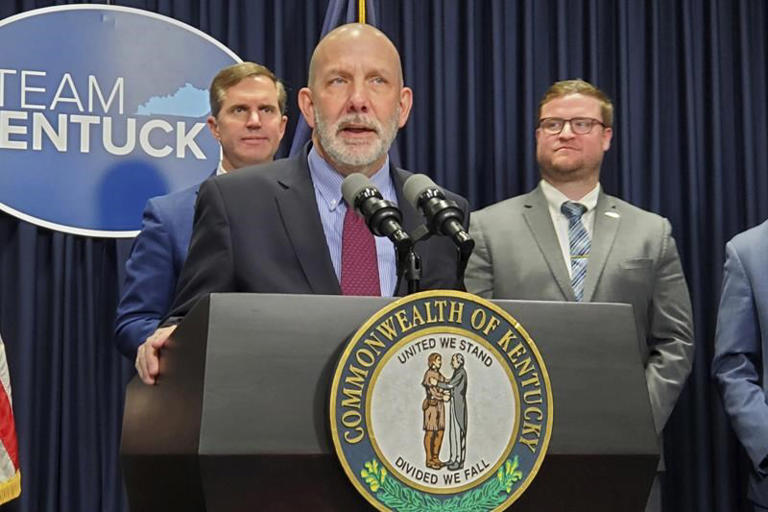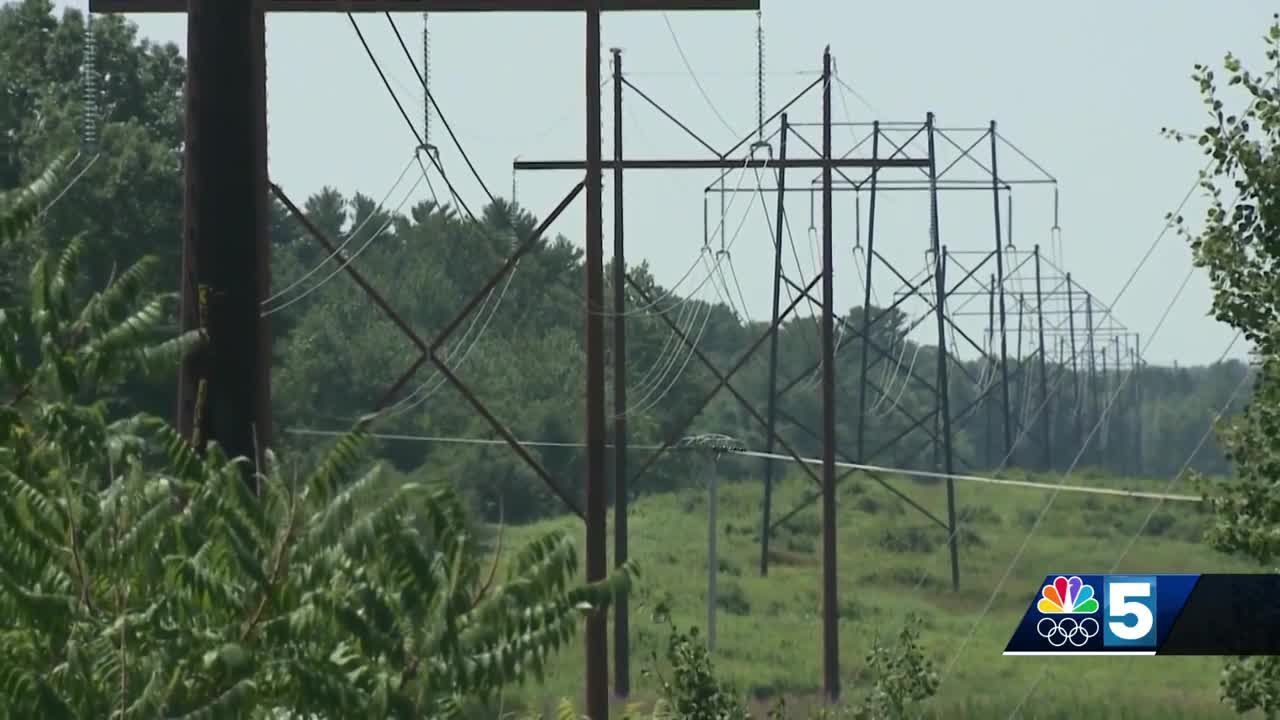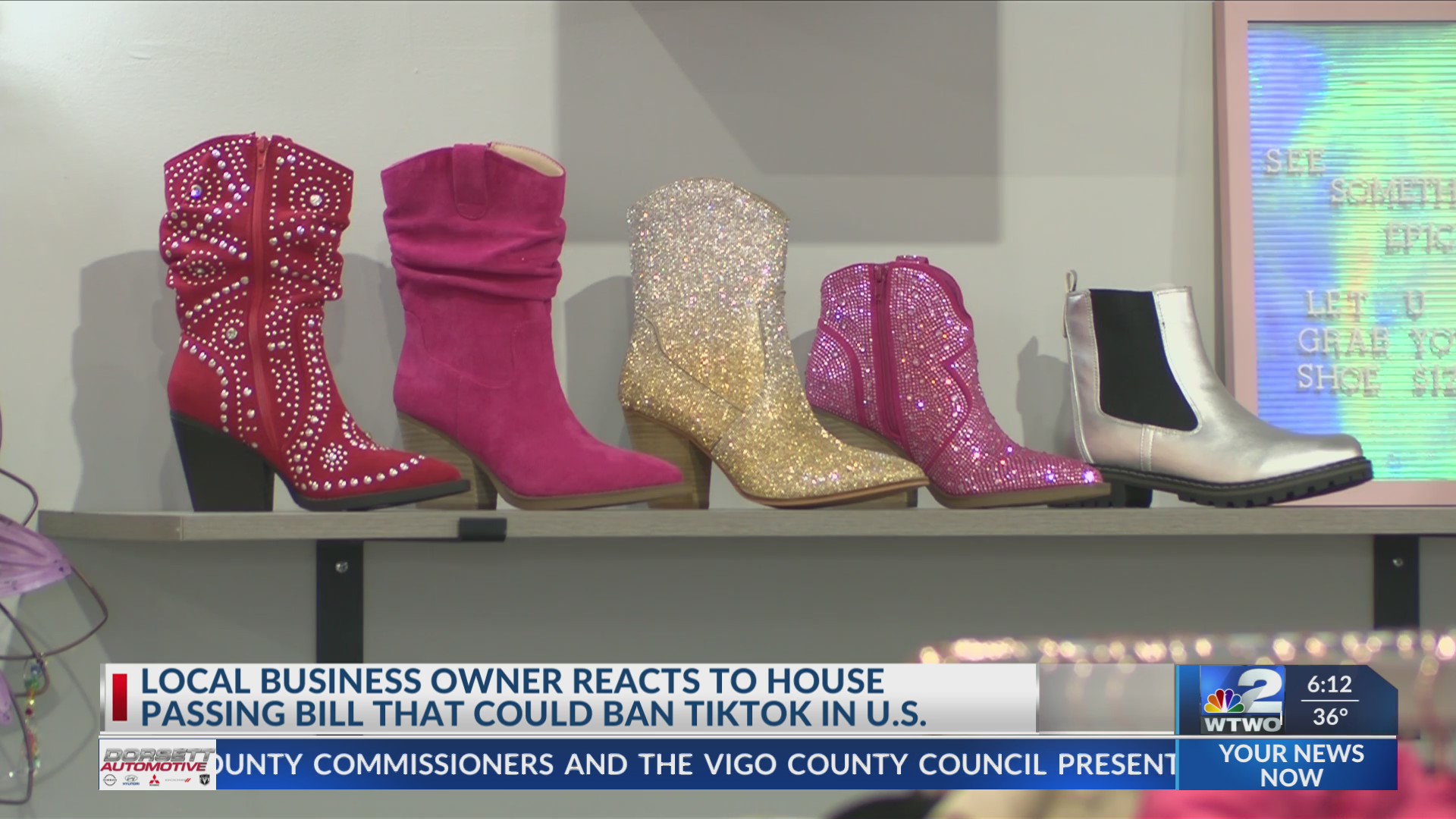Documentary details Indigenous-led efforts to reintroduce salmon to key waterway
The largest river in the Pacific Northwest — the "Columbia" — was once teeming with wild salmon, and Indigenous communities hope that it will be again.
A recent documentary, Bringing the Salmon Home, tells the story of a key initiative to bring salmon back to this river.
Before colonization, sockeye and Chinook were especially plentiful in its upper reaches. These salmon, a keystone species and main food staple, are so important for Indigenous communities in the region that they’re considered family.
"Bringing [the salmon] home is like bringing our children home," Wayne M. Christian (Wenecwtsin), of Secwépemc and syilx ancestry, says in the documentary.
Before colonization, it was the greatest salmon-producing river system in the world. But in the late 1800s, settlers began overfishing the Columbia. Then, dams were built without consultation from the local nations and tribes, blocking salmon from returning to the upper Columbia River region. In 1939, no salmon returned.
On July 29, 2019, a three-year agreement between the syilx Okanagan Nation, the Secwépemc Nation, the Ktunaxa Nation and the provincial and federal governments officially went into effect. The agreement saw the three nations coming together to create a unified vision around reintroducing salmon into the upper Columbia River region.
Related video: Indigenous highlights at Sundance Film Festival (Indian Country Today) Duration 1:43 View on Watch
Bringing the Salmon Home: The Columbia River Salmon Reintroduction Initiative is an effort dedicated to crafting a long-term plan to see fish stocks return for Indigenous food, along with social and ceremonial needs. By reintroducing salmon to the upper Columbia River, the goal is also to benefit all community members in the region and the ecosystems as a whole.
In 2022, after seeing over 500,000 salmon return into the lower Columbia system after decades-long efforts from the Okanagan Nation Alliance, the three nations — as well as “Canada” and “British Columbia” — extended the initiative for another three years. That same year, 21 Indigenous Youth from the three nations gathered at the headwaters of the Columbia River for the first Youth Salmon Warriors gathering. They crafted a Salmon Warriors statement, a short video and other presentations.
A documentary was produced by the group behind the initiative shortly after, highlighting the wisdom of the Salmon Warriors, Elders and knowledge keepers, and the ongoing legacy of colonialism on salmon and the Columbia River. More importantly, it explored the collaborative work around reintroducing salmon to the region’s waterways.
The Bringing the Salmon Home documentary was screened in syilx Okanagan communities throughout January and February. Billie Jean Gabriel, the syilx Okanagan outreach and engagement organizer for the initiative, was present at each screening to promote the work being done and to answer any questions community members had.
IndigiNews reporter Aaron Hemens attended a viewing of the documentary in snpink’tn (Penticton) and later caught up with Gabriel to talk about the film and salmon reintroduction efforts.
The following Q&A has been edited for length and clarity.
Aaron: I was hoping we could talk about the theme of coming home. It’s in the name Bringing The Salmon Home. But also, it was something that was talked about throughout the documentary – with the Salmon Warriors, all the Elders and knowledge keepers – was bringing the salmon home as a return to culture and things that colonialism had tried to take away with the removal of salmon and also with residential schools.
Billie Jean: We’ve all experienced trauma. One of the things that I’ve learned in my work and the ways that I’ve tried to heal — including this particular job that I’m now in — is that trauma is pain that we didn’t choose, and healing is pain that we choose. So I think about coming home and bringing the salmon home. I feel like our nations are ready to be uncomfortable, sit in the same room, and work together to bring the salmon home. And I don’t know that we’ve been able to do that any other time in history since colonization.
Apparently, we had salmon in the creeks and rivers that I grew up on, but they were just really low numbers. The Columbia hasn’t had salmon for 86 years. I never grew up fishing for salmon. I didn’t grow up tasting salmon very much. I had a little bit here and there, but I didn’t even know anything about our people and our way. I feel like so many of us, since we’ve been talking about residential schools finally, are coming home from a very long dissociative state of being outside of our bodies — a trauma state. We’re starting to come back to our bodies. And through coming back to our bodies, we’re starting to wake up, and the land is telling us who we are. And as we walk the land, as we go into the river, as we talk to the fish, as we pray for the fish, we’re waking up our DNA of who we are.
In your own words, can you describe what a Salmon Warrior is? It was Jade Montgomery-Waardenburg who said you don’t have to be a biologist to be a Salmon Warrior. There are different streams and channels you can go down, she said.
I love that, and I think she said you don’t have to be on the frontlines to be a warrior. That really hit me hard, in a good way. Because we all have gifts. And our job, I believe, is to understand our gifts and to do good work.
I feel like a Salmon Warrior embodies the understanding that there’s always work to do. I’m recognizing that if we can’t do the little things, we can’t do the big things. So when you’re cleaning fish, if you can’t clean 150 to 250 fish, how are you going to can it all? How are you going to put food away for the winter? If you can’t go out and get that fish for yourself, how are you going to feed yourself through the winter?
I don’t know because none of us were there, but I can imagine some of us developed great discipline in that lifestyle of being on land, providing for ourselves, and having economies of mutual aid. And we are returning to that as much as we can — we’re healing, and we’re trying to get that into the work personally, in our community and then in our Nation. I feel like a Salmon Warrior embodies that this work will be ongoing. It’s got to go beyond the lifecycle of a single salmon. It’s really developing the skill sets within our young people to recognize the leadership that needs to be cultivated within them to continue this work for decades. Some of us didn’t get that discipline, that work. And we’re late to the game, which is me. I’m what you call a late bloomer.
When I think of a Salmon Warrior, there’s no age limit. However, we are specifically focusing on our Youth at this time because we want to create future leaders who will continue to carry this work beyond the single cycle of one life, of one salmon.
This is a personal opinion, but because our children are in school, they’re learning a colonial way of life. I feel like the Salmon Warrior program is an opportunity to learn more about the syilx way of life. I’m really excited for our Youth who see more and more programs like this.
Something I remember hearing a lot in the documentary was the passing on of knowledge through salmon. Could you speak to the notion of how knowledge and culture are passed on through salmon?
Culture is the context in which we get to be in relationship to one another. Food is one of the universally binding cultural practices.
When we build context with one another, it’s knitting; it’s binding our relational ties together really tightly. Salmon as a keystone species — as a sacred food, as a sacred kin, as in our captikʷł, as one of the animal chiefs that gave themselves as food for the people to be — that’s a really special relationship. To be in relationship with your food and where your food comes from from the beginning, like getting your hands in the water and catching that fish, there’s something that happens in our brains as human beings that deeply impacts us.
Salmon is one of those foods that when we lost it, we lost who we are. We lost our way. Because we’ve been doing this since the beginning of time. And when you took away our right to feed ourselves, we really forgot who we were. We’ve been struggling to find our way ever since.
And that’s something you mentioned earlier, and in the documentary as well, is this notion of the people reawakening.
Yeah. They say that at the Kettle Falls — as you saw in the documentary — it was a place where nations got together, and there was no fighting. Because there was so much food, we didn’t have to fight over it. It was a time of celebration because we got to go home and feed our people. It’s pretty hard to be mad when you’re joyful. It’s hard to pick a war when your bellies are full.
Wars are often the opposite times. But I can imagine when the salmon came — and all the people came to feed themselves and bring that fish home — I can just imagine the elation, joy, and purpose it gave people. You just don’t have that anymore. And that’s what we want. That will make us feel good, having real, deep, meaningful purpose and connection to our food. Indigenous food sovereignty is all about asserting jurisdiction and enforcing our right to sovereignty over our food — where our food comes from and how we manage that.
For you to see these three nations working together to be a unified voice for salmon, how has it been for you to witness that and be part of this initiative?
It’s really powerful for me personally because my dad is syilx. He learned from a lot of Secwépemc people because he went to a residential school in Kamloops. He also went to a residential school in Cranbrook, which is Ktunaxa.
I think that because our communities have intermarried for generations, and we’ve shared fishing sites, we’ve shared food gathering sites of other kinds — not just salmon, but all of our foods. There’s so much mutual exchange that has happened throughout history between our nations. It’s important that we heal those relationships and that we recognize one another as kin. That we work together because we have to think of everybody downstream from us. We can’t just think of ourselves. And so this work is really important because it’s going to allow us space and opportunity to heal with one another, not just at the nation level, but at the personal level as well.
How can Youth and others from the three nations get involved in this initiative?
You can go to our website at www.columbiariversalmon.ca , where you’ll meet our five partners and learn about the initiative, as well as our team and shared principles. We also have our annual report there and our Youth Salmon Warriors statement as well. You can even watch our documentary online — everything you need to know is there, including signing up for our newsletter.
Also, you can go to the Okanagan Nation Alliance website at www.syilx.org. You can find out about the hatchery located in Penticton and do a hatchery tour. On the website, under the fisheries department, there is information about conservation, protection, restoration and enhancement of Indigenous fisheries. Right now, there is currently information about salmon spawning, and you can learn how to identify a salmon nest in the stream.
This has been really wonderful talking with you. Do you have any final thoughts or comments you’d like to share? I would say let’s get on the land and do something. Healing happens on the land. We can talk and talk and talk, but more action is needed. I think my final thought would be to tell people to get out on the water. The more time you spend trying to get your hands on fish, the more you can really get into the work.
Editor's note: This is a corrected story. A previous version of the story incorrectly stated that the Columbia River flows for 480 km in Canada. In fact it is 800 km. We have also removed a reference to Billie being a "spokesperson" for the initiative as the correct title is in fact "outreach and engagement organizer."
Aaron Hemens, Local Journalism Initiative Reporter, IndigiNews





















